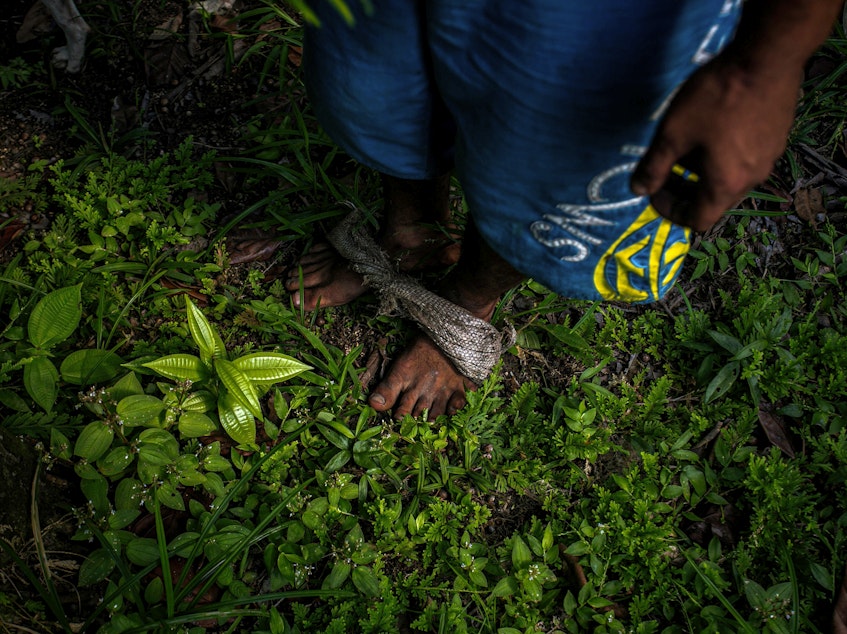Opinion: Do you know who's picking your açaí berries?

I've had açaí berries, being one of those Americans who longs to be healthier, especially if I can do it by plopping a few berries into a smoothie.
Açaí, which to me taste a little like dull blueberries, reportedly brim with antioxidants, vitamins and fiber. They are said to promote energy, healthy digestion, and even a dewier complexion.
But how do açaí berries get from the tops of trees in Brazil's Amazon into the açaí bowls that sell in San Francisco, Austin and West Des Moines?
Many are picked by children.
This week an exemplary piece of reporting by Terrence McCoy in The Washington Post put faces and names to some of those young workers.
José Armando Matos de Lima is 11. His brother, Izomar, is 10. The açaí palm trees are slender, and routinely grow more than 60 feet tall. The bulk of an adult might snap them. So the boys scale the trees with knives in their belts, and burlap wrapped around their feet.
Their father, João, who is 51, still climbs with them. But he fell from a tree a decade ago, and hurt his back. Terrence McCoy says João's feet are swollen, and his body is scarred by the acid spit of bees. He needs his sons to help pick açaí to support their family.
The Post says an estimated 120,000 families in the Amazon region harvest açaí for a growing world market. The Fair for Life program awards fair-trade certificates to participating companies that import and sell açaí, under phrases like, "ethically sourced and hand-harvested."
"But this is one of those situations where certifications shouldn't be allowed," Charity Ryerson told NPR. She's founder of the Corporate Accountability Lab, which investigates labor abuses. "Brazilian açaí is largely wild harvesting," she says. "It's not clear what would be monitored and who would even identify where the harvesters are working or who they are working for."
Manoel Potiguar, one of the authors of a 2016 study by the state labor tribunal, told the Post, "I'd say there is a 90 percent chance that the açaí being eaten by someone in the United States was produced in an unjust way." The study found that someone in almost every family that harvests açaí has gotten hurt --sometimes catastrophically.
It is difficult, and often frustrating, to trace the ethical origins of everything we eat. But once we know, can we turn away? Açaí berries may be healthful for us. But what harm do they do to the small, young hands that pick so many of them? [Copyright 2021 NPR]



